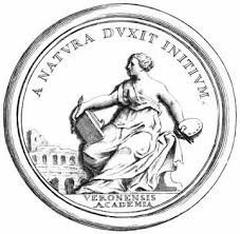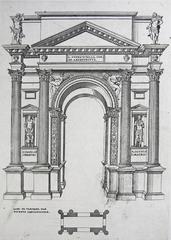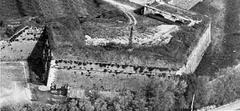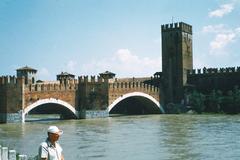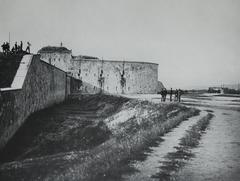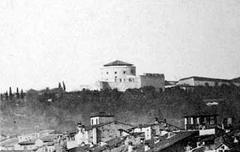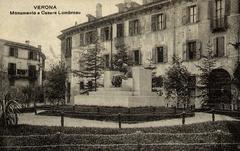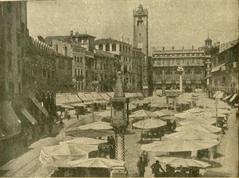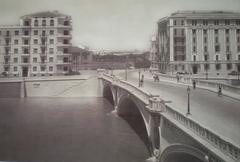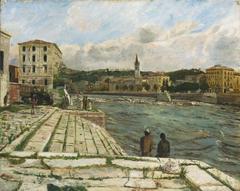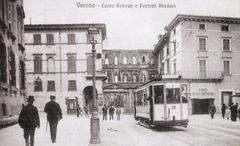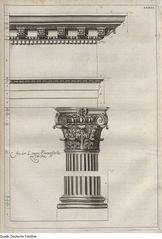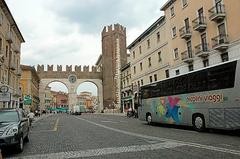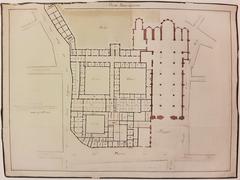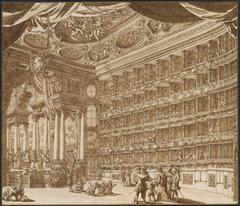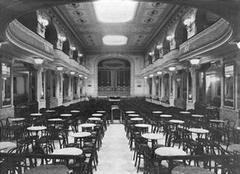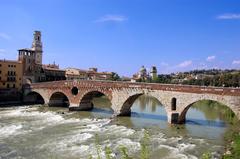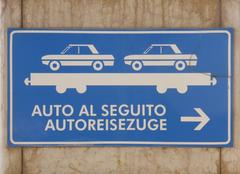Verona Cathedral Visiting Hours, Tickets, and Comprehensive Guide to Verona’s Historic Duomo
Date: 14/06/2025
Introduction: The Enduring Legacy of Verona Cathedral
Located in the heart of Verona’s UNESCO World Heritage historic center, the Verona Cathedral—Cattedrale di Santa Maria Matricolare, or Duomo di Verona—embodies nearly two millennia of spiritual devotion, architectural innovation, and artistic achievement. Consecrated in its current form in 1187 following the devastating earthquake of 1117, the cathedral reflects a harmonious blend of Romanesque, Gothic, and Renaissance influences. Highlights include Titian’s famed “Assumption of the Virgin” and a complex that encompasses the Baptistery of San Giovanni in Fonte, the Chapter Cloister, and other significant structures. This guide provides detailed insights into the cathedral’s history, architecture, artworks, visiting hours, ticketing, accessibility, and practical tips for making the most of your visit (Chiese Verona; Veronissima).
Table of Contents
- Early Christian Foundations and Romanesque Beginnings
- Architectural Evolution: Gothic and Renaissance Influences
- Artistic Treasures and Decorative Highlights
- The Cathedral Complex: Baptistery, Cloister, and Adjacent Structures
- Visiting the Verona Cathedral: Hours, Tickets, and Accessibility
- Visitor Tips and Etiquette
- Nearby Attractions
- Frequently Asked Questions (FAQ)
- Conclusion and Call to Action
- References
Early Christian Foundations and Romanesque Beginnings
The site of today’s Verona Cathedral has been a place of Christian worship since the 4th century CE, with the earliest basilicas dating to the era when Christianity became predominant in the Roman Empire. These first churches, dedicated to St. Mary Matricular, were destroyed in the catastrophic earthquake of 1117. Construction of the present Romanesque cathedral began in 1120, culminating in its consecration in 1187 (Veronissima). The Romanesque style is evident in the cathedral’s austere façade, double prothyron (porch) with twisting columns, and the winged griffins guarding the entrance (Travel Setu).
Architectural Evolution: Gothic and Renaissance Influences
While the core of the cathedral remains Romanesque, centuries of renovations introduced Gothic and Renaissance elements. In the 15th century, the interior was expanded with Gothic columns of red Veronese marble, creating a solemn grandeur. The bell tower itself exemplifies the layered history: its base is 13th-century, the central section was designed by Michele Sanmicheli in the 16th century, and the upper portion was completed in the early 20th century (Veronissima). The nave’s ribbed vaults and pointed arches demonstrate the transition from Romanesque to early Gothic engineering (TripHobo).
Artistic Treasures and Decorative Highlights
The Duomo’s interior is adorned with works by renowned artists across the centuries. 16th-century frescoes by Giovanni Maria Falconetto grace the nave and aisles, while the apse basin features a fresco by Francesco Torbido, after designs by Giulio Romano (Veronissima). Titian’s “Assumption of the Virgin” (1535), above the main altar, is a major draw for art lovers and pilgrims (ItalyGuides). The Renaissance choir stalls and intricately carved capitals add to the cathedral’s rich artistic legacy (TripHobo).
The Cathedral Complex: Baptistery, Cloister, and Adjacent Structures
- Baptistery of San Giovanni in Fonte: Dating to 1123, this octagonal baptistery features a 13th-century font carved from a single marble block—an outstanding example of Romanesque sculpture (Sacred Wanderings).
- Chapter Cloister: Built in 1140, the Romanesque cloister features paired columns and offers glimpses of ancient mosaics through floor windows (Veronissima).
- Church of Saint Elena: Preserves remnants of the original 4th-century church, visible through glass floor panels (Full Suitcase).
- Capitular Library: One of the world’s oldest libraries, accessible with a reduced ticket when combined with a church ticket (Chiese Verona).
Visiting the Verona Cathedral: Hours, Tickets, and Accessibility
Visiting Hours (March 1 – October 31, 2025)
- Monday to Friday: 11:00 a.m. – 5:30 p.m.
- Saturday: 11:00 a.m. – 3:30 p.m.
- Sundays & Religious Holidays: 1:30 p.m. – 5:30 p.m.
- Last entry: 5:00 p.m.
Hours may vary during special events. Always check the official website before your visit.
Tickets and Entry Options
- Single Cathedral Complex Ticket (€4.00): Includes Cathedral, Baptistery, Church of Saint Elena, Cloister, and Bishop’s Residence.
- Combined Churches Ticket (€8.00): Cathedral Complex plus three other historic churches (San Zeno, Santa Anastasia, San Fermo) (Eternal Arrival).
- Verona Card (€27 for 24hr, €32 for 48hr): Entry to the Cathedral Complex, major attractions, and free city bus travel (Full Suitcase).
- Free Entry: Children under 11, Verona residents, clergy, press, military, disabled visitors, and group leaders (one per 20 paying visitors).
Tickets are available on-site, online, or as part of the Verona Card.
Accessibility
- The main nave and some areas are wheelchair accessible; some historic sections have steps or uneven floors. Ramps and assistance are available at the entrance (Chiese Verona).
- Accessible restrooms are on-site. Contact in advance for details.
Visitor Tips and Etiquette
- Dress Code: Modest attire required; shoulders and knees must be covered. Scarves are available on-site if needed (Full Suitcase).
- Photography: Permitted without flash or tripods. Respect any restrictions during services or in specific chapels.
- Best Time to Visit: Early morning or late afternoon; spring and fall offer fewer crowds.
- Guided Tours & Audio Guides: Available in multiple languages; included in admission when available (Chiese Verona).
- Luggage Policy: Large bags and suitcases are not allowed inside.
- Family Offers: Families (2 adults + 3 children under 18) receive two audio guides and written info sheets.
Nearby Attractions
The cathedral’s central location makes it an ideal base for exploring other Verona highlights:
- Arena di Verona
- Piazza delle Erbe
- Castelvecchio Museum
- Basilica di San Zeno and Basilica di Santa Anastasia
All are within walking distance or accessible via city buses (included with the Verona Card) (Visit Verona).
Frequently Asked Questions (FAQ)
Q: What are the Verona Cathedral visiting hours?
A: March–October: Mon–Fri 11:00–17:30, Sat 11:00–15:30, Sundays/holidays 13:30–17:30. Check here for seasonal updates.
Q: How much are tickets?
A: €4 for the Cathedral Complex, €8 for combined ticket, Verona Card also available. Free for children under 11 and other eligible groups.
Q: Is the Cathedral wheelchair accessible?
A: Main areas are accessible; some historic sections are not. Contact ahead for detailed information.
Q: Are guided tours available?
A: Yes, both guided tours and audio guides are offered in several languages.
Q: Can I take photos inside?
A: Photography is allowed without flash or tripods.
Conclusion and Call to Action
The Verona Cathedral is a living chronicle of Verona’s spiritual, cultural, and artistic evolution—from its early Christian origins to its Renaissance masterpieces. With clear visitor information, accessible facilities, and proximity to other landmarks, it offers a rewarding experience for art lovers, history enthusiasts, and travelers alike.
Plan your visit today:
- Check the official Cathedral website for up-to-date hours and ticketing.
- Download the Audiala app for exclusive audio guides and event updates.
- Explore related sites with the Verona Card for added value.
- Discover more travel tips and inspiration by following us on social media.
References
- Chiese Verona – Cathedral Complex
- Veronissima – Verona Churches Guide
- Visit Verona – Official Tourism Site
- Full Suitcase – Best Things to Do in Verona
- Eternal Arrival – 2 Days in Verona Itinerary
- Veneto Way – The Verona Cathedral
- ItalyGuides – Duomo of Verona
- Sacred Wanderings – Churches in Verona
- TripHobo – Verona’s Cathedral
- Timeless Travel Steps – One Day in Verona
For more detailed guides and exclusive visitor resources, explore our related articles:
